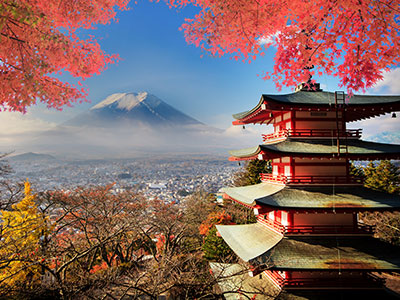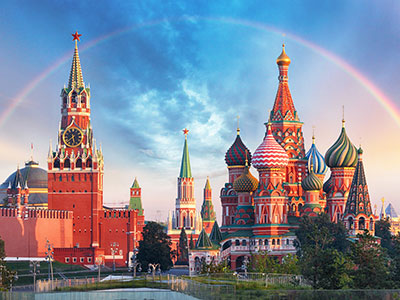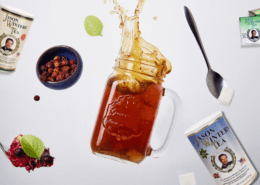Tea Traditions Around the World
Tea time has been a hallmark of civilization since ancient times. All around the world people take small breaks during the day to relax and recharge. There are a host of tea rituals and techniques that have sprouted up, as tea is used medicinally and for pleasure. Here are some of those different traditions from around the world.
China

The art and cultivation of tea in China enjoyed more widespread fame during the Ming Dynasty (1368-1644) when tea houses were being established around the country and trade with the West was just getting started. China created a more ritualized form of taking tea called a gong fu tea service, which is still popular today.
Japan

Within the tea ceremony are ritual preparations of guests leaving all weapons at the door and bowing to go through a low door, symbolizing humility. The Japanese tea ceremony uses a powdered form of green tea known as Matcha. It is added to boiling water, stirred with a bamboo whisk until frothy, and drunk.
India

Tibet

Russia

Morocco and the Middle East

England

France

United States

It was at the World’s Fair, held from April to December of 1904 in St. Louis, Missouri where the concept of iced tea first made its debut. Today, iced tea remains popular throughout the country. Whether sugar or lemon is added seems to be regional. In the eastern, northern and western parts of the country, iced tea is most often served unsweetened. In the southern states, residents prefer to add both sugar and lemon to their tea.
How do these tea traditions start? They start in the homes of tea lovers like yourself. Bring the joy of tea into your home by enjoying some Sir Jason Winters tea.
Resources
“The Tea Box” by Giles Brochard, 2001, Barron’s Educational Series, Hauppauge, NY
“The Way of Tea” by Master Lam Kam Chuyen, Lam Kai Sin and Lam Tin Yu, 2002, Barron’s Educational Series, NY
“The Story of Tea: A Cultural History and Drinking Guide” by Mary Lou Heiss, 2007, Ten Speed Press
“Tea – A Journey in Time” by John Weatherstone, 2008, JJG Publishing, London.















